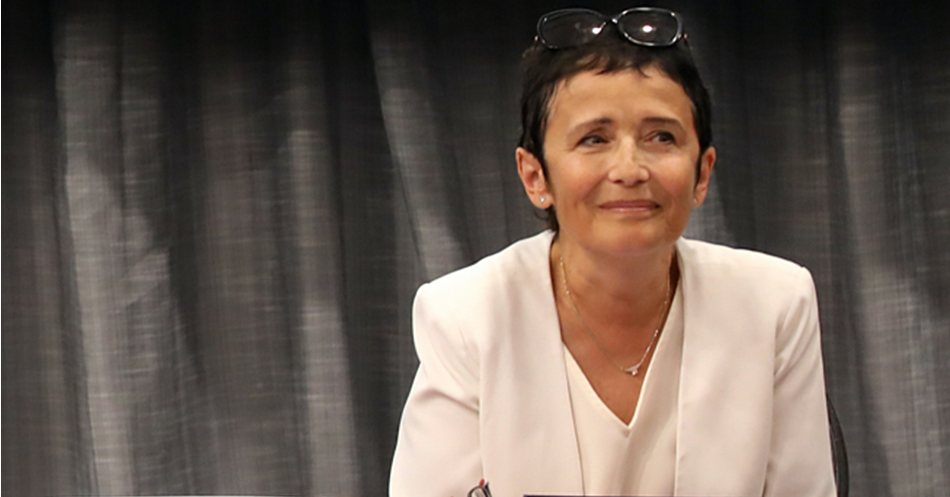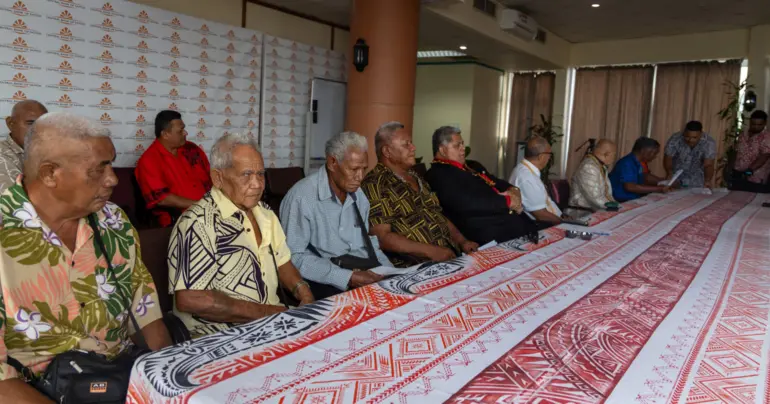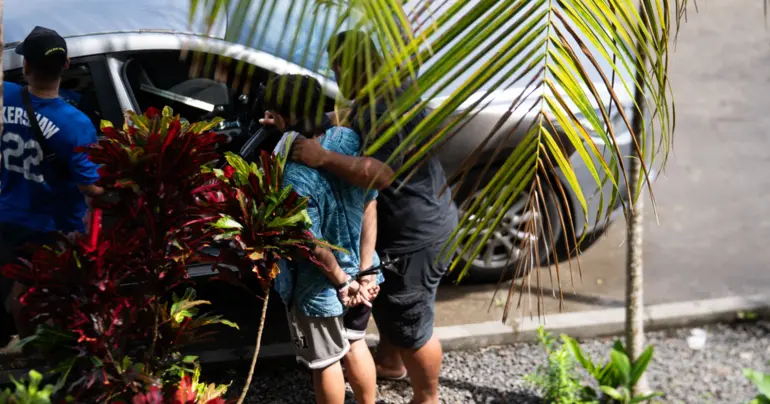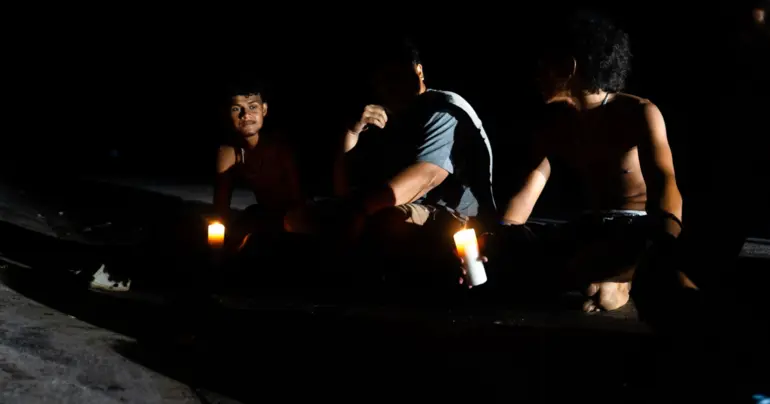Komiti Tumama, avoiding complacency and being accountable
 By Alexander Rheeney
•
09 December 2019, 12:00AM
By Alexander Rheeney
•
09 December 2019, 12:00AM
Early this year this newspaper ran an article on medical research by a group of local and international medical experts that called for the re-introduction of the Komiti Tumama (village-based women’s groups) to achieve better health outcomes for Samoa.
The article titled “Achieving UHC (Universal Health Care) in Samoa through Revitalizing PHC (Primary Health Care) and Reinvigorating the Role of Village Women Groups” was published in the Health Systems & Reform Journal (Taylor & Francis Online) on January 4, 2019 and was authored by Rasul Baghirov (WHO Samoa country office head), John Ah-Ching (Associate Minister, Samoa Ministry of Health) and Caroline Bollars (Department of Health Promotion, Faculty of Health, Medicine and Life Sciences, Maastricht University, Maastricht, The Netherlands).
The Samoa Observer article was followed by an editorial that welcomed the suggestion and appealed to the Samoa government to take on the recommendations of the article published in the medical journal.
The medical journal article made reference to an attempt in 2015 to give a new lease of life to the Komiti Tumama concept, when the Samoa government in partnership with the World Health Organisation (WHO) initiated and launched a project called “PEN Fa’a Samoa”. The project would tackle non-communicable diseases, through the “contextualising of universal health coverage,'' especially through the building of health systems delivery at the primary care level.
The findings after the implementation of the PEN Fa’a Samoa Project in 2015 reached the following conclusion: “Preliminary results of the program implementation are positive. PEN Fa’a Samoa achieved a high level of population screening coverage in the demonstration villages, in which the women’s committee representatives played a key role. In this regard, PEN Fa’a Samoa utilizes the concept that the women in villages themselves take care of NCD risk factors for their own communities.”
Eleven months after excerpts of the medical journal article were first published in this newspaper as a news story, we note a return to discussions recently on the effectiveness of the Komiti Tumama and how the Samoa government – through the Ministries of Health and Women Community and Social Development – now sees it as a platform to take care of primary health care at the community level, in the aftermath of the measles epidemic which has already claimed 65 lives, most of them children under 4 years of age.
And while we appreciate the Samoa government – assisted by international partners such as the United Nations and the World Health Organisation (WHO) – beginning the process to put in place long-term measures such as the Komiti Tumama to ensure there is no repeat of a similar health crisis that can be and should be preventable.
We note the statement by the Chairman of the Disaster Advisory Committee Chairman, Ulu Bismarck Crawley, that the two-months long epidemic is a wake-up call for the Samoa government.
“This is the first time we have encountered a health epidemic and it is quite challenging,” he said while adding that the lack of qualified vaccinators was a major challenge to the government’s efforts.
Ulu and his colleagues at the Disaster Advisory Committee have done a fantastic job thus far, providing the leadership that has ensured 89 per cent of the targeted population got vaccinated.
But now that the death toll from the epidemic has somewhat reached a plateau in the mid-60s, providing hope that some of the 4460 measles cases recorded by the MOH will gradually decline and lead to the full recovery of patients, we note the concerns by the Samoa Oceania University of Medicine Vice-Chancellor Toleafoa Dr Viali Lameko for public officials not to become complacent.
“We must continue with the vaccination program, isolation of new cases, and treating the cases with complications being admitted to health facilities around the country. Not time yet to relax," he said.
Toleafoa is correct. The vaccination exercise should continue until Samoa reaches the 100 per cent mark. The government should not drop its guard.
The World Health Organisation (WHO) also cautiously said any moves to suggest an end date of the epidemic would be premature at this stage.
WHO representative to Samoa, Dr. Rasul Baghirov, believes that until vaccination rates reach more than 95 per cent in children aged 6 months to 4 years old, the epidemic’s devastating effects will not wane.
“It is important to immunise everyone but at the same time we want to keep the focus on that younger group,” Dr. Baghirov said.
“When we will see the immunisation coverage in that group come into the higher 90s I think then we will be confident the epidemic will go down.”
And finally the United Nations deserves commendation for hitting the nail on the head when it comes to the story-behind-the-story on this health crisis – it has picked lack of access to immunisation and absence of public education campaigns as major factors that created a conducive environment for an epidemic.
We believe all is not well within the health sector and Samoa has paid a heavy price with 65 lives lost. Work to hold those behind the wheels accountable should begin in earnest.
Until we hear from the government on the uplifting of the state of emergency, stay safe Samoa and God bless.
 By Alexander Rheeney
•
09 December 2019, 12:00AM
By Alexander Rheeney
•
09 December 2019, 12:00AM










